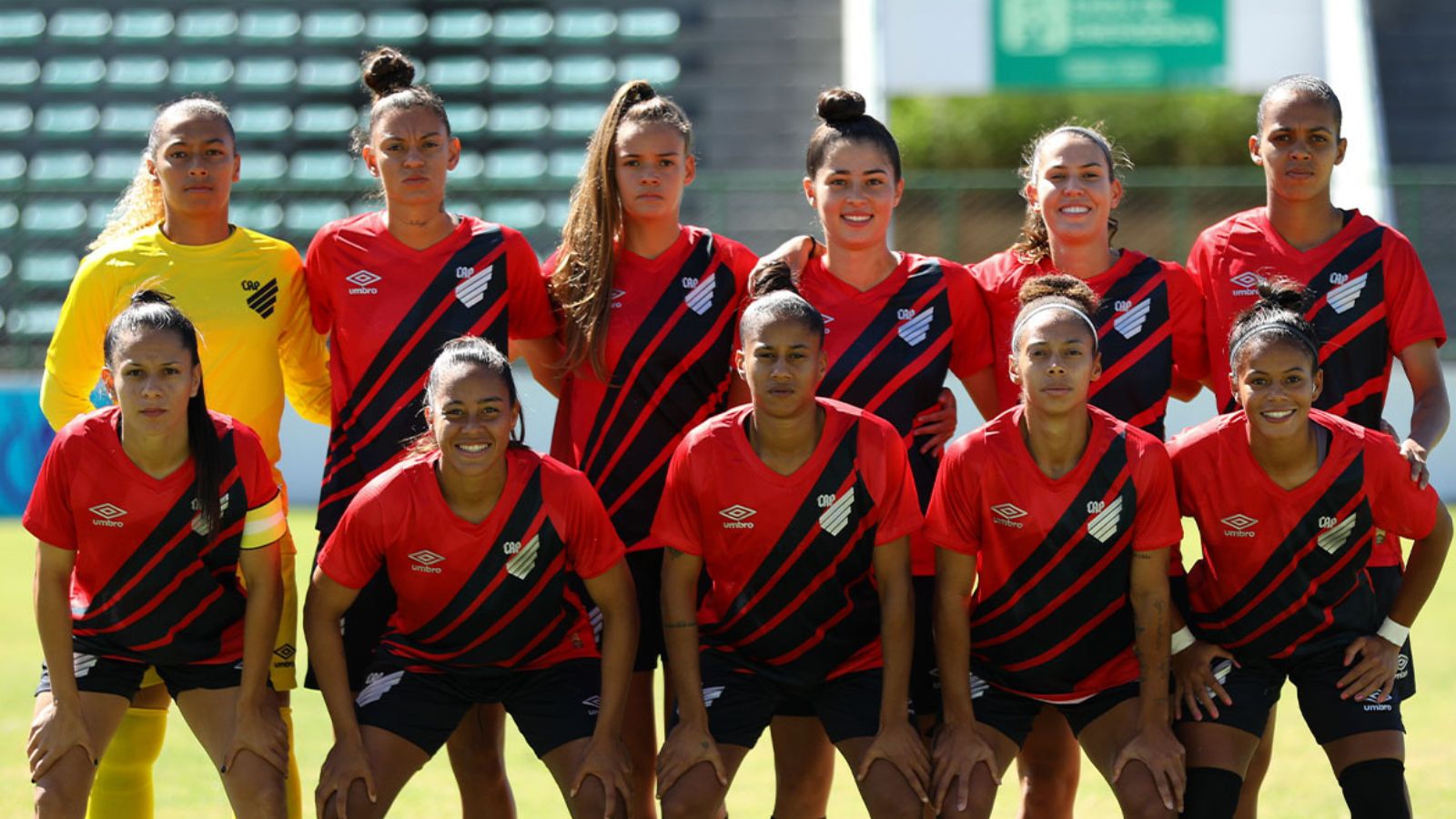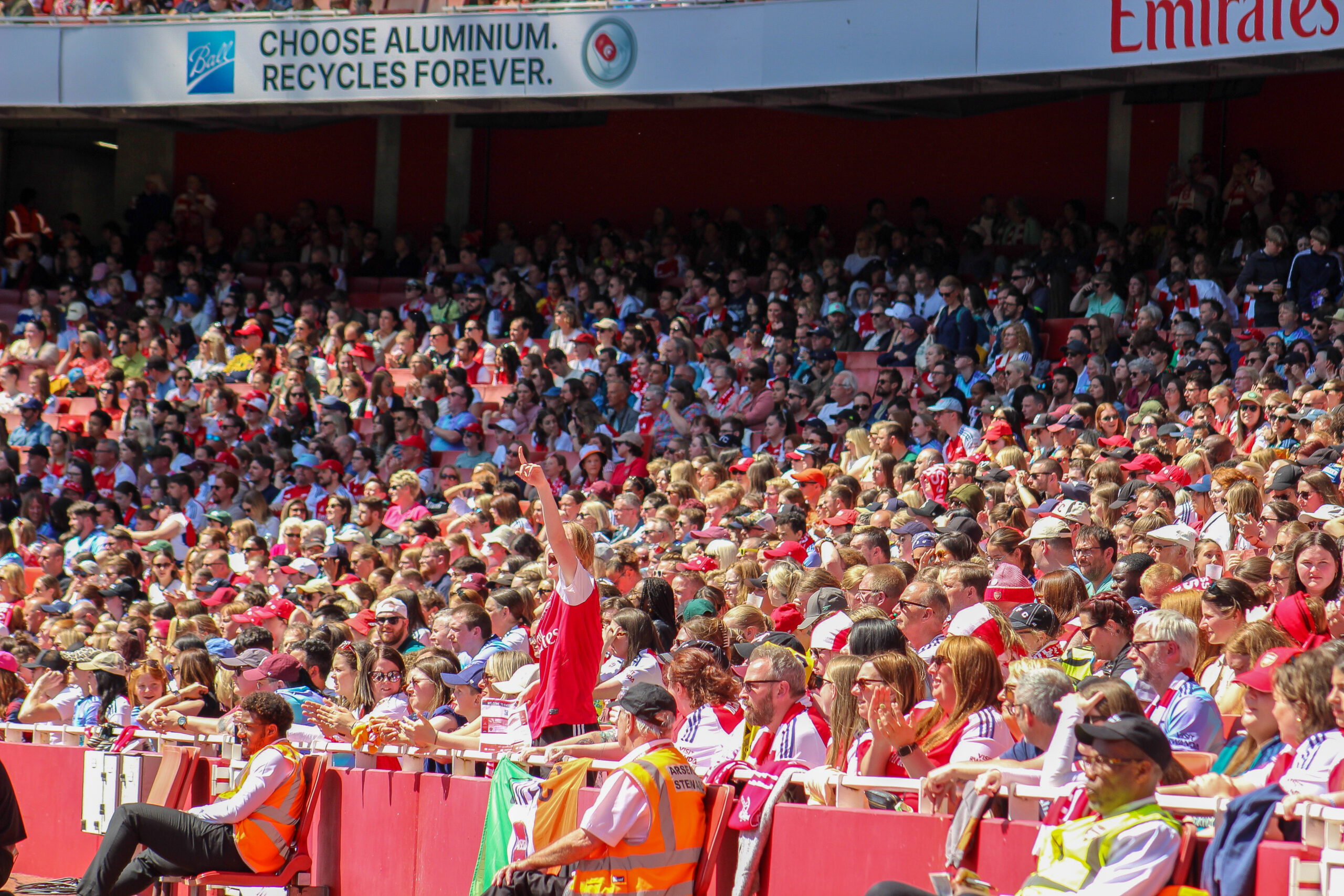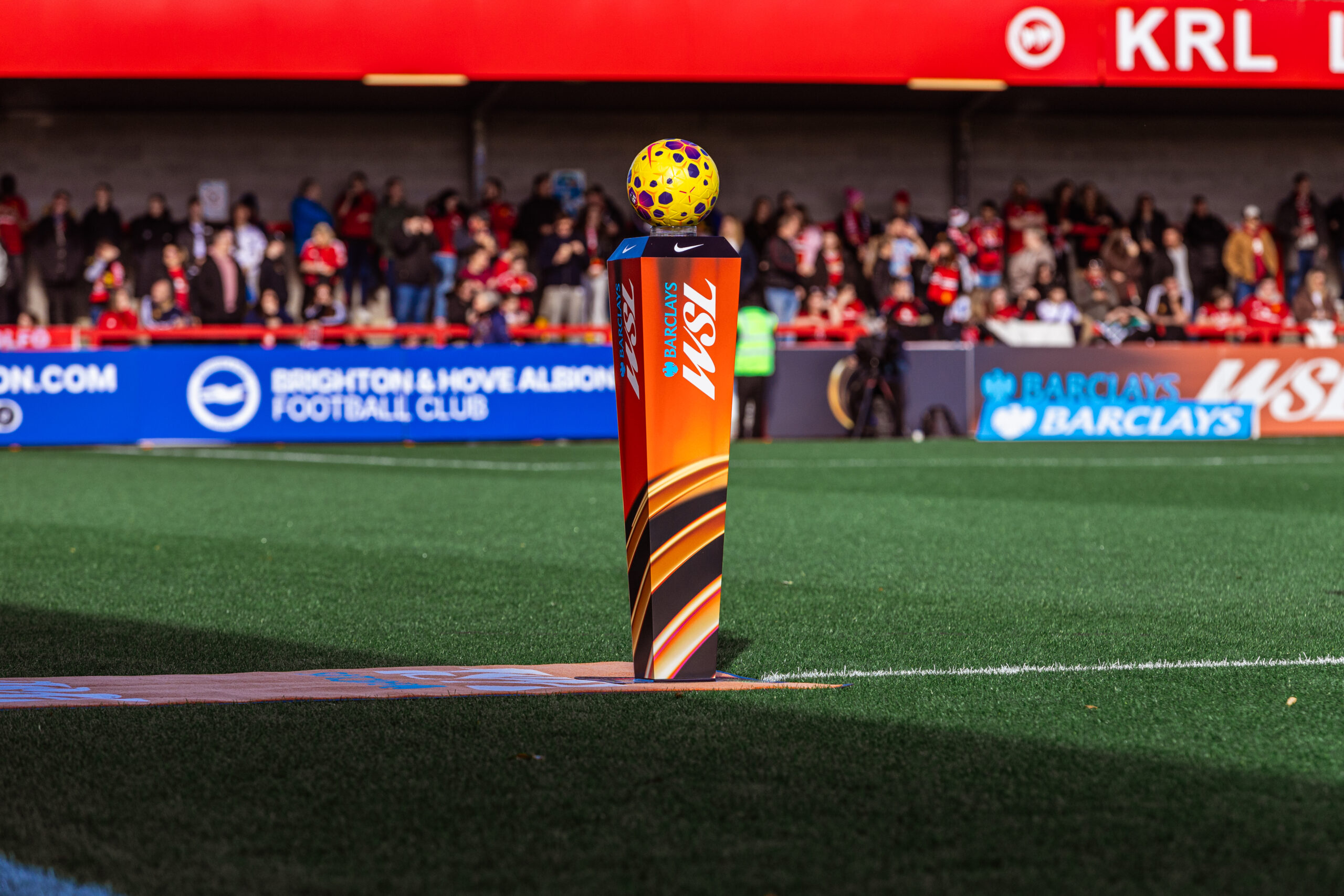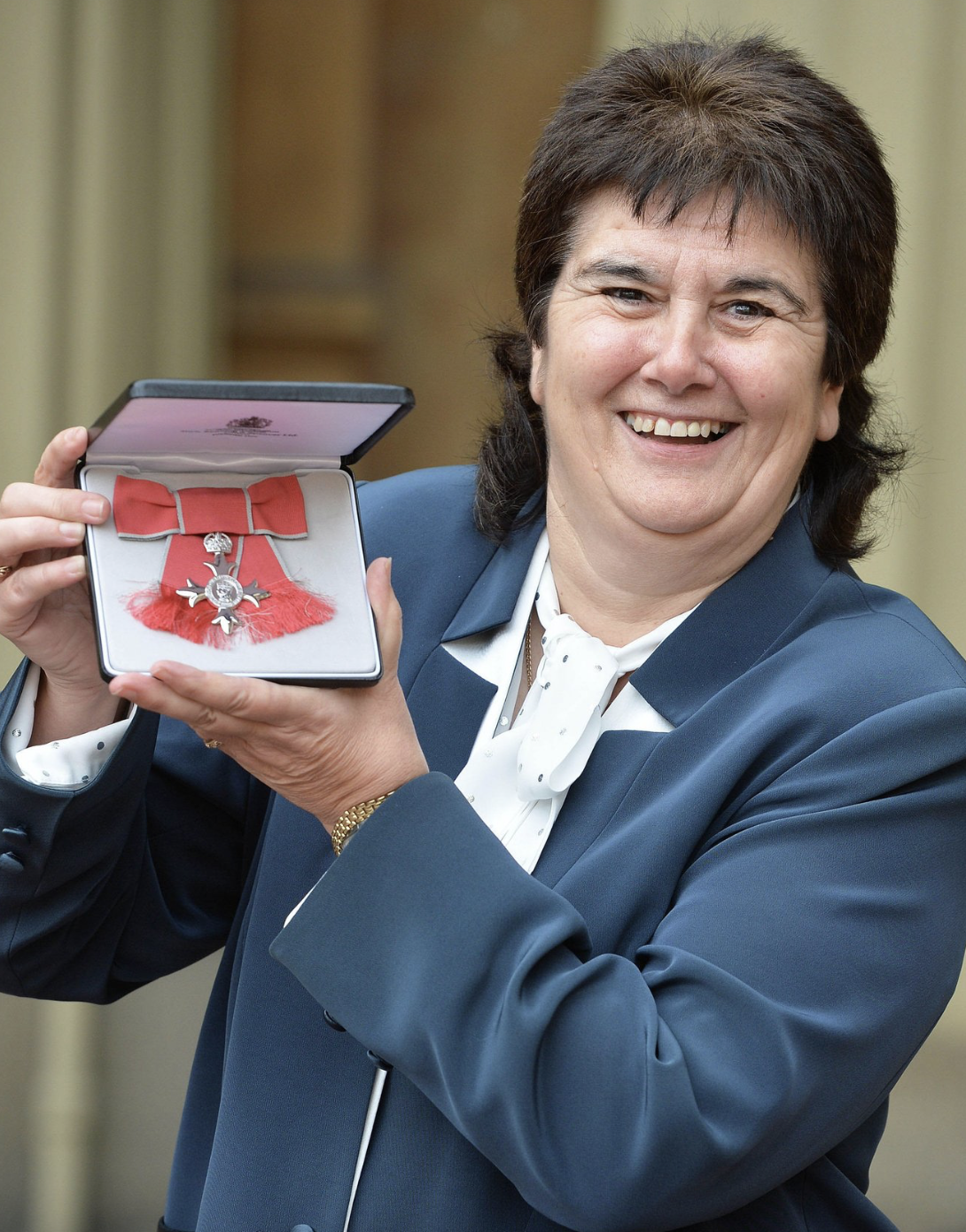On January 17th, 2025, Brazil is in the midst of summer, and the season kicks off with the state and regional championships for men’s football. For women’s football, however, this date marks a significant moment as the CBF (Brazilian Football Confederation) convenes with the teams to discuss the 2025 women’s football calendar in Brazil
While the late comeback was reportedly ‘planned’ by the confederation and was known to the clubs, the real question is: Is this fair to the athletes? Would the CBF allow the same situation to unfold with the men’s schedule?
The 2025 Brazilian Women’s Football Calendar:
Supercup – 02/03 to 09/03
Brazil Women’s Cup – 14/05 to 19/11
Brazilian Championship A1 – 16/03 to 14/09
Brazilian Championship A2 – 19/04 to 30/08
Brazilian Championship A3 – 26/04 to 05/07
Development Leagues U-16 and U-14 – 28/03 to 03/04
Brazilian Championship U-20 – 05/06 to 21/08
Brazilian Championship U-17 – 07/06 to 16/08
Regional Championships – 03/08 to 14/12
Why did the late discussion happen?
The main reason for the delayed update was the extensive planning required by the CBF in the latter months of the year, as they focused on preparing for the 2027 Women’s World Cup, which will be hosted in Brazil. But why and how has this impacted the current environment in 2025? The overarching goal was to overhaul the competition formats to foster better development leading up to 2027. However, for this transformation to take effect, changes had to begin now.
The biggest change to the women’s football schedule this year is the return of the Brazil Women’s Cup. Originally created in 2007 and lasting until 2016, the competition makes its comeback this year, with all 64 clubs competing across the three divisions of the national championship (A1, A2, and A3). The most exciting development is the boost for clubs from smaller divisions, as they now receive much-needed media attention while competing against the country’s top teams.
The other changes:
- A1: The format of the championship is not changing, only the number of contestants. In the first stage, all 16 teams play against each other, and the best 8 moves to the play-off stage. The only change is the number of relegations which dropped from 4 to 2.
- A2: the plan is to have the same number of clubs and formats as the first division in 2028. The second tier also has 16 clubs, but they are divided into two groups in the first stage. In the final stages, the knockout stage decides the champion and the four teams that are promoted.
- A3: the third division will now have 32 clubs, including the 27 regional champions (or best-ranked teams) and the 4 teams relegated from the A2. So the main change is on the group stage with more teams and more groups.
- Brazil Women’s Cup: with all the stages being knockouts, the competition brings all the A3 teams to the first phase, all the A2 teams to the second, and all in the A1 to the third stage.
How does the calendar delay affect the environment?
When we talk about events and championships, especially in football, it’s about much more than just 22 players on the field. It’s about the extensive support behind the scenes—largely financial—that comes from sponsorships, broadcasters, media coverage, and fan engagement. For women’s football, however, the fight is even tougher.
With delayed calendars, athletes and clubs can’t properly plan their seasons, broadcasters struggle to schedule games, and brands face difficulty securing sponsorships. The ripple effects extend far beyond the pitch. If the confederation continually delays critical decisions, like setting the calendar or finalizing competition formats, how can the growth and development of the sport be ensured?
If the CBF neglects women’s football, clubs might follow suit without hesitation. A clear example of this came in 2024 when Athletico Paranaense’s men’s team was relegated to the second division, and the club’s management severed all ties with the women’s team. Although the women’s team was also relegated to the A2 championship, it now faces far fewer opportunities to fight for promotion. Unfortunately, this isn’t an isolated incident, particularly when it comes to women’s teams.
Such decisions are often justified by claims of limited resources and financial constraints. While all first-tier clubs in the men’s National Championship are required to field a women’s team, this obligation doesn’t extend to lower divisions. Unless the CBF imposes penalties on clubs that abandon their women’s teams or extends obligations to second-division teams, incidents like this will continue to happen.
In just three years, Brazil will host the Women’s World Cup. Yet this is the same country where clubs can dismiss their women’s teams without facing consequences, only to return as if nothing ever happened. While there has been progress, athletes continue to suffer the consequences of decisions made by others, and the future of women’s football is still at stake.



